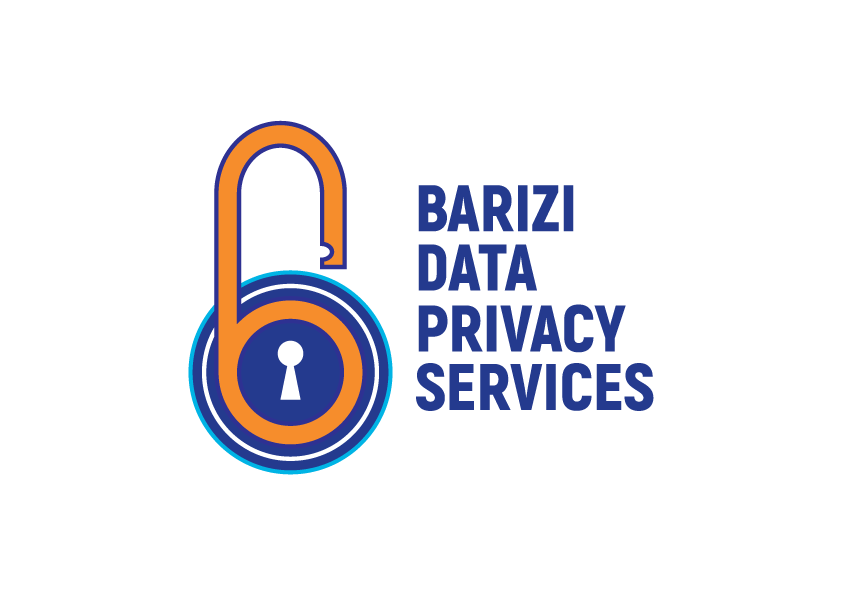Introduction:
Personal data is a commodity whose price over time will continue to grow, but in the same breath data subjects have an increased awareness of the value of their personal data and how organizations big and small can use or manipulate this data and their preferences for their own gain. Regulators across the globe have continuously been lobbying for transparency, control, and choice by the data subject. A key issue being the right of the data subject to delete their personal data, however, organizations face challenges in meeting this requirement due to the complexity of data systems, dispersed backups and archives, coordination with third parties, and navigating legal obligations. To effectively handle deletion requests and comply with data protection laws and recommendations from regulatory bodies like the Information Commissioner’s Office (ICO), organizations need to understand and implement practical strategies and guidelines that respect individuals’ rights and safeguard personal data in an increasingly digital landscape.
This article aims to explore these complexities and provide practical guidance on how organizations can effectively implement deletion requests in compliance with the GDPR and recommendations from regulatory bodies like the Information Commissioner’s Office (ICO).
Challenges of the Right to Deletion:
- Complexity of Data:
One of the main challenges organizations face is the complexity of their data systems. Modern organizations generate and store vast amounts of data, often distributed across various systems and platforms. Identifying and deleting specific personal data can be a daunting task due to intricate storage and retrieval systems. Data fragmentation and duplication further complicate the process, making it challenging to locate and erase personal data accurately.
- Data Backups and Archives:
Personal data may be spread across numerous backups, archives, and redundant systems as part of routine data management practices. Ensuring complete deletion without compromising other data or systems can be challenging. Organizations must navigate the complexities of identifying and managing personal data in these secondary storage locations, which may involve additional technical and administrative hurdles.
- Third-Party Data Sharing:
Organizations often collaborate with external entities and share personal data as part of their business operations. When deletion requests are received, coordinating the deletion of personal data from these third-party systems can be complex. It requires effective communication, adherence to contractual agreements, and compliance from multiple entities involved in data processing. Ensuring that personal data is erased comprehensively across all relevant systems and entities is a critical challenge.
- Legal and Regulatory Obligations:
Organizations must navigate a complex landscape of legal and regulatory obligations when it comes to data deletion. Data retention periods mandated by specific laws or regulatory bodies may conflict with the right to deletion. Balancing compliance with data protection regulations while adhering to other legal requirements can be a challenging task, requiring a deep understanding of the applicable legal frameworks.
Guidelines for Effective Compliance:
To navigate the challenges associated with the right to deletion effectively, organizations can follow these guidelines:
- Clear Policies and Procedures:
Establish comprehensive deletion policies and procedures within the organization. These should include clear guidelines for identity verification, request assessment, and response timelines. Ensure that employees understand their responsibilities and have the necessary tools to process deletion requests effectively.
- Data Mapping and Inventory:
Conduct a thorough data mapping exercise to identify the locations where personal data is stored, including backups, archives, and third-party systems. Maintain an up-to-date data inventory that documents the flow and storage of personal data within the organization. This facilitates efficient deletion management by providing a clear understanding of data storage locations.
- Data Minimization and Retention Policies:
Adopt a data minimization approach by collecting and retaining only the necessary personal data. Establish retention periods for different types of data to ensure compliance and enable timely deletion. Regularly review and update data retention policies to align with changing legal requirements and organizational needs.
- Technology Solutions:
Invest in data management tools that facilitate secure deletion across systems. Encryption, anonymization, and pseudonymization techniques can be utilized to protect data during the deletion process. Explore automated solutions that streamline the deletion process, ensuring efficient and consistent execution while maintaining data integrity.
- Awareness and Training Programs:
Educate employees about the right to deletion, their responsibilities, and the importance of data protection. Provide training on deletion procedures and compliance requirements to ensure proper implementation. Foster a culture of data privacy and security throughout the organization by regularly reinforcing best practices and providing ongoing training and awareness initiatives.
- Data-Sharing Agreements:
Establish clear contractual agreements with third-party vendors, outlining their obligations regarding deletion requests and compliance with data protection regulations. Include provisions that specify the procedures for handling deletion requests and ensure that these agreements align with the organization’s own deletion policies and procedures.
- Documentation and Audit Trails:
Maintain detailed records of deletion requests received and actions taken to comply. Proper documentation serves as evidence of adherence to the right to deletion and demonstrates accountability. Implement audit trails to track the deletion process and ensure transparency in the handling of personal data.
- Continuous Evaluation and Improvement:
Regularly review and enhance deletion processes to align with evolving regulatory requirements and technological advancements. Stay informed about updates from regulatory bodies to ensure ongoing compliance. Conduct periodic assessments to identify areas for improvement and leverage feedback from deletion requests to refine internal procedures and optimize the deletion process.
Conclusion:
Complying with the right to deletion can be challenging for organizations due to the complexity of data systems, backups and archives, third-party data sharing, and legal obligations. However, by following the outlined guidelines, organizations can effectively navigate these complexities, protect individuals’ rights, and maintain compliance with data protection regulations. Embracing these best practices will not only help organizations fulfil their obligations but also build trust and confidence among their customers and stakeholders. By prioritizing data privacy and implementing robust deletion processes, organizations can navigate the right to deletion effectively and contribute to a safer and more secure digital landscape.




